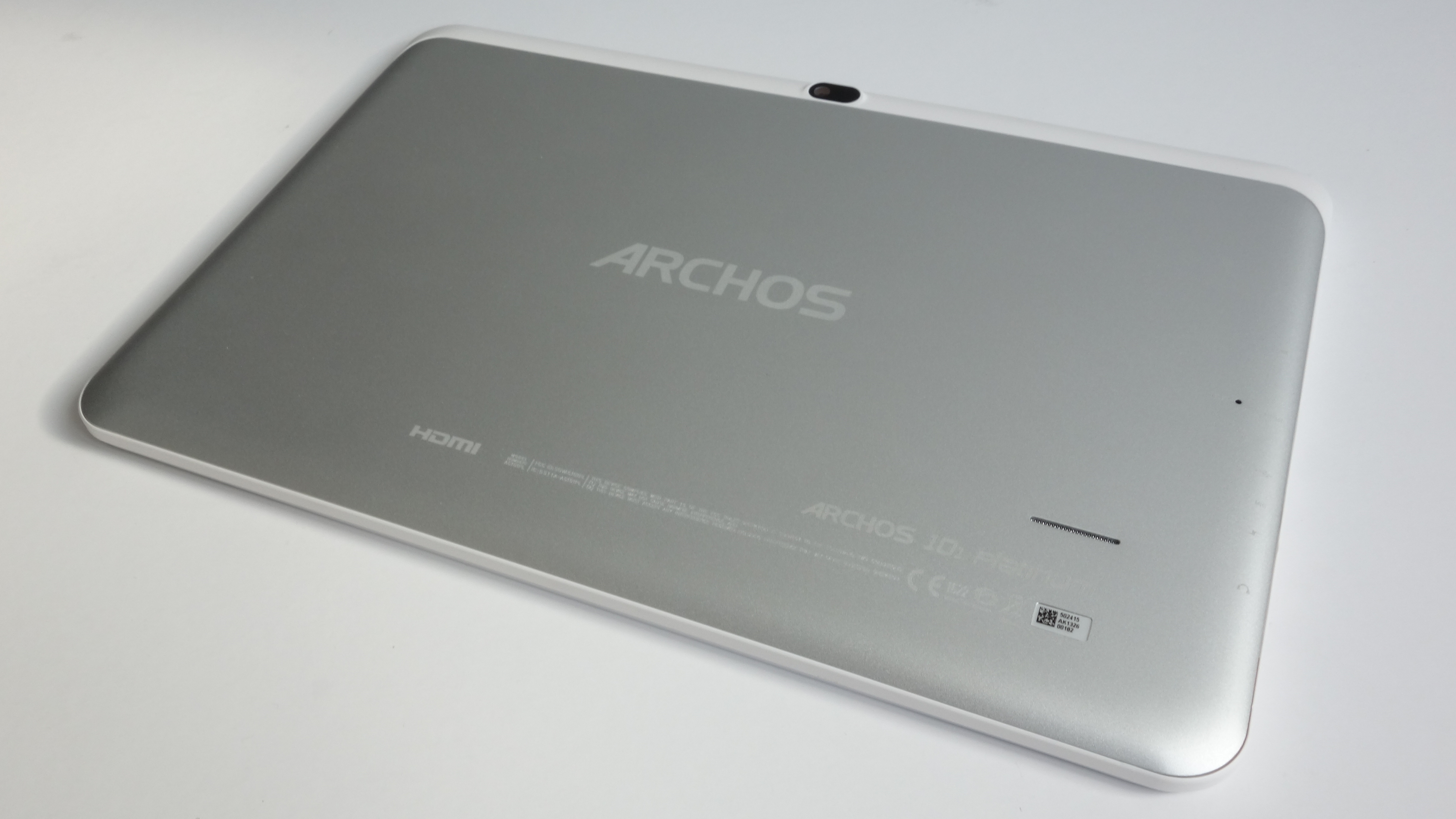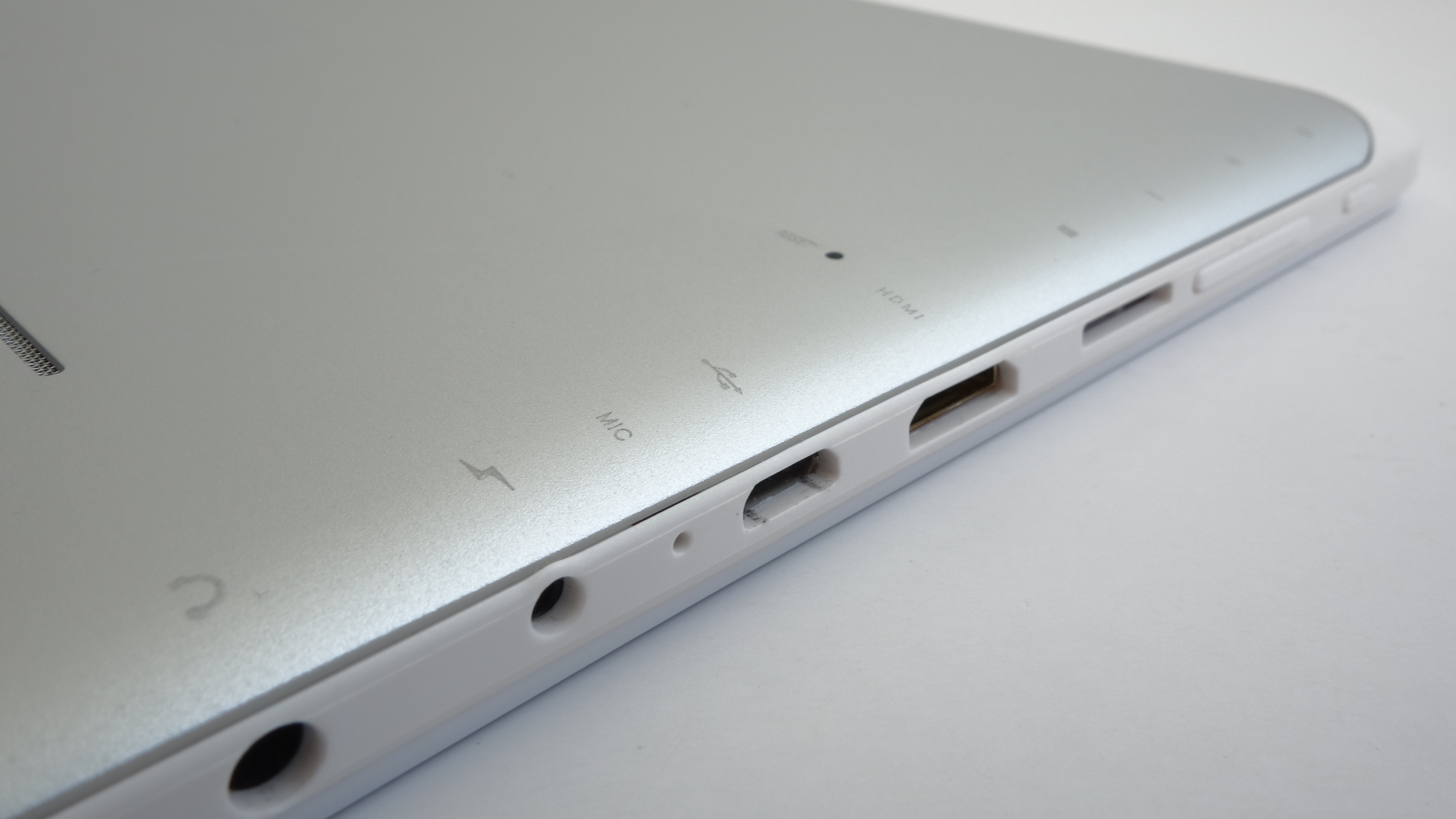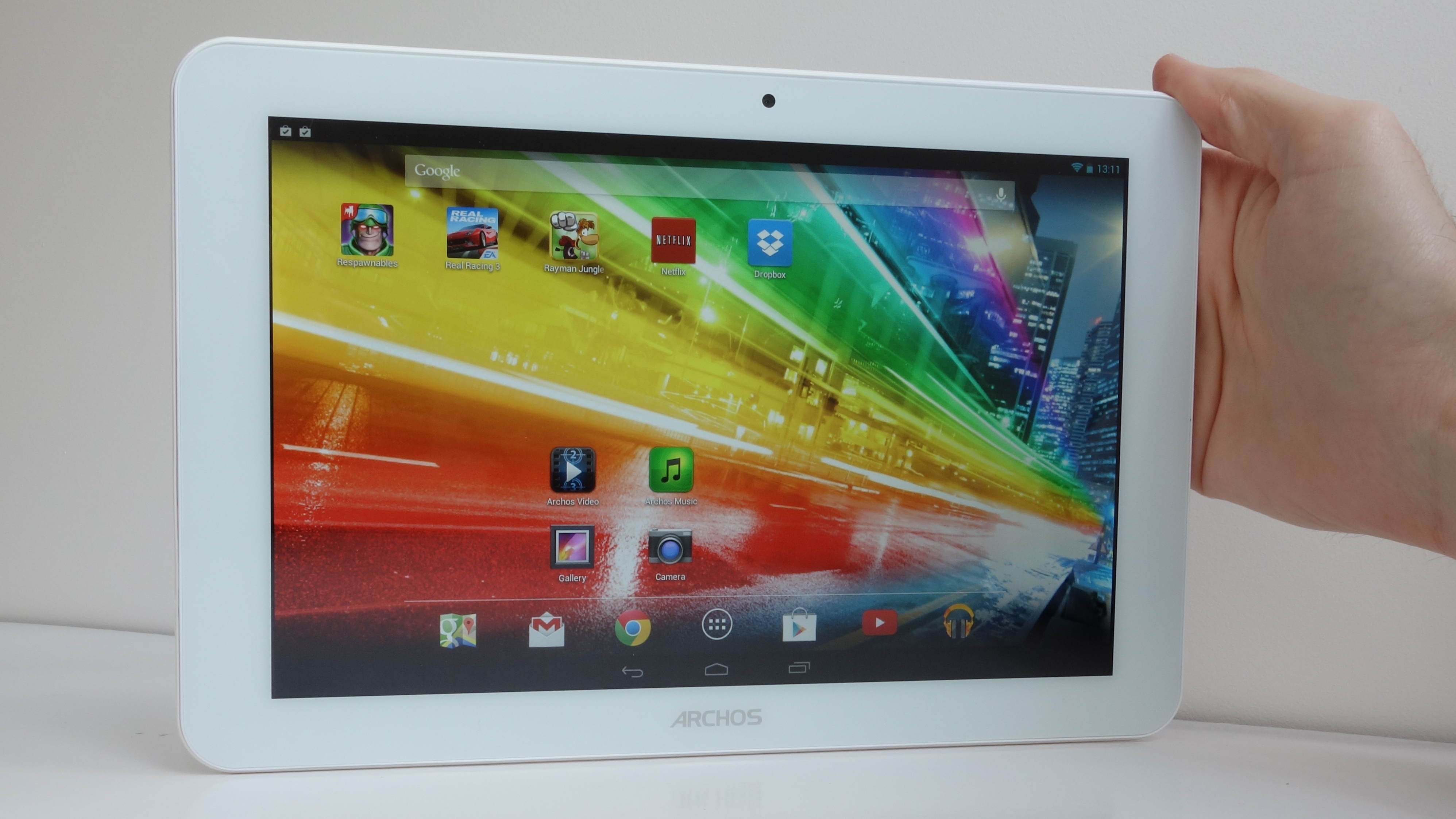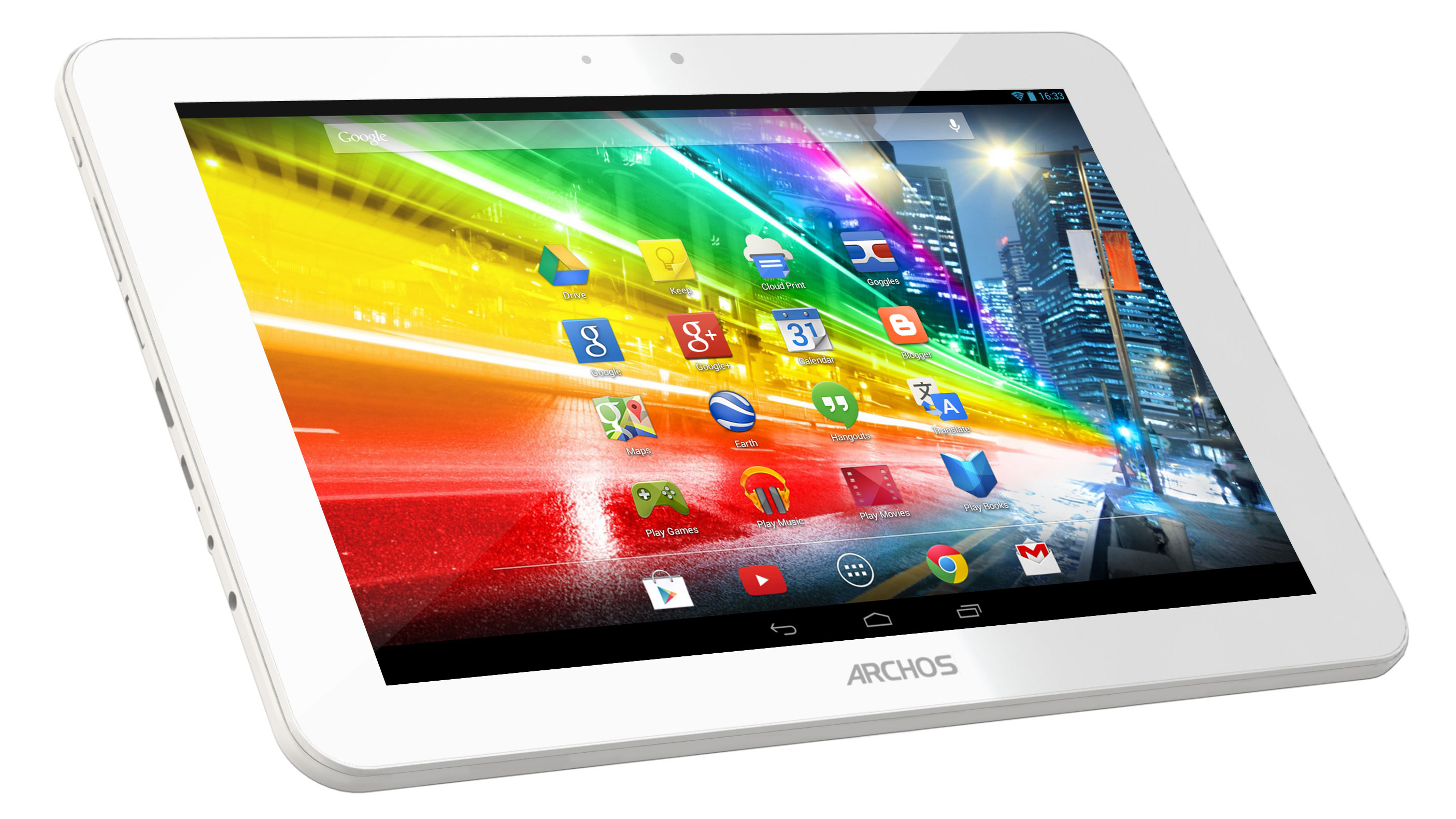TechRadar Verdict
If you really want a full-sized tablet for less than the price of an iPad, consider splashing out a little extra on the Google Nexus 10 as you'll struggle to find value for money here.
Pros
- +
Affordable price tag
- +
Quad-core performance
- +
Stock Android
- +
MicroSD slot
Cons
- -
Poor build quality
- -
Low-res display
- -
Terrible camera
- -
Poor controls/ports position
Why you can trust TechRadar
With a number of Android manufacturers finding success in the budget 7-inch tablet market, there seems to be plenty of scope for an affordable full-sized option. The Archos 101 Platinum is the latest to chance its hand in this relatively uncontested category.
For your £199 you get a 10.1-inch stock Android 4.2.2 tablet powered by a 1.6GHz quad-core processor. What's not to like? Plenty, as it turns out.
While £200 might sound favourable compared to the likes of the £329 iPad 2, the £319 Google Nexus 10, and the £300 Samsung Galaxy Tab 3 10.1, it has to be considered alongside the tablet's tacky design and sub-standard components.
Archos isn't exactly renowned for creating desirable premium devices, and the Archos 101 Platinum doesn't do much to change that view. While it takes a step towards the solid-but-unspectacular designs of Samsung, it also feels a bit like one of those pre-tablet edutainment toys you used to get in the '90s.
Other than an all-glass front, its edging is made from an unpleasantly grubby-feeling plastic that's almost beige, and the 10.1-inch display looks as if it's been slotted into the rest of the unit with crude plastic clips.

In fact, that turns out to be precisely the case. Upon pulling my review tablet out of its box, there appeared to be odd vents or grilles on the top and bottom edges (see picture below).
Closer inspection revealed that the front section containing the display wasn't slotted into place properly. Sure enough, a bit of direct pressure in the appropriate sections and everything clicked into place.
If you can imagine the experience of putting on a slightly stubborn Tupperware lid, you'll understand how this felt. It's far from reassuring in a tablet that costs the same as a Google Nexus 7.

Despite these cheap and not-so-cheerful materials, the Archos 101 Platinum isn't what you'd call a lightweight device. In fact, at 636g it's only slightly lighter than the 652g iPad 4 with its rock-solid build and metallic rear cover. It's a fair bit heavier than the 603g Nexus 10 and excellent 469g iPad Air, too.
At almost exactly 10mm thick, the 101 Platinum is a pretty average handful for a full-sized tablet, sitting somewhere between the two aforementioned devices.
As is the case with virtually all full-sized Android tablets, the Archos 101 Platinum is most at home being held in landscape view. Its sheer size and 16:10 aspect ratio makes it feel slightly ridiculous when held in portrait view, and Archos has aligned its branding and the front and rear cameras accordingly.

Speaking of those cameras, the conspicuous front-facing example here is slightly, but noticeably off-centre, and destined to attract numerous double takes as users try to establish whether their eyes are playing tricks on them. It really is slightly skew-whiff.
Coupled to a lack of visual flair, Archos is also known for its no-nonsense utilitarian approach to connectivity and usability. This can be seen here in the fact that all of the 101 Platinum's connectors and hardware buttons have been piled onto the one side of the device.
On the one hand, this means that you'll quickly learn where to go when you need to make an adjustment of some kind. On the other hand, you'll find yourself fumbling and turning over the device just to identify the appropriate slot.
Here you'll find the cheap-feeling (there's that word again) power and volume buttons, which are at least sensibly located nearest the corner for reasonable no-look access.

Then there's the microUSB connection, Micro-HDMI connection, microSD slot (the 101 Platinum only comes with 8GB of internal storage, so you'll need it), power port (no, the microUSB slot doesn't fill that role) and 3.5mm headphone jack.
Did I miss anything? They're all labeled, but on the rear cover of the device, which means that you'll need to flip it over completely if you need guidance.
There are no physical hardware keys on the front of the Archos 101 Platinum, as the company has fully embraced the stock Android ideal of virtual back, home, and multitasking/menu controls.

Moving back to the Archos 101 Platinum's 10.1-inch display for a moment, it turns out to be similarly out of date as the rest of the tablet. While it's an IPS panel, enabling decent viewing angles, that counts for little when the 1280 x 800 resolution is so underwhelming.
With a pixel density of just 160ppi, the 101 Platinum's display is roughly half as sharp as the Google Nexus 10's. It's also over 100ppi off the iPad Air. As Apple found with the original iPad mini, you can just about get away with such a lack of sharpness on a more compact tablet, but blown up to a full 10.1 inches you can pick out the pixels a mile off.
Colours also appear a little washed out and lacking that pop factor. For a full-sized tablet designed for multimedia content, the 101 Platinum certainly doesn't shine when displaying films or games. It's okay in this regard, but I'd rather watch and play on a slightly smaller, sharper display such as the Amazon Kindle Fire HD 8.9.
I should also note that there's a disconcerting crackle that emerges from the tinny single speaker from time to time, usually when initiating something soon after emerging from sleep mode.
